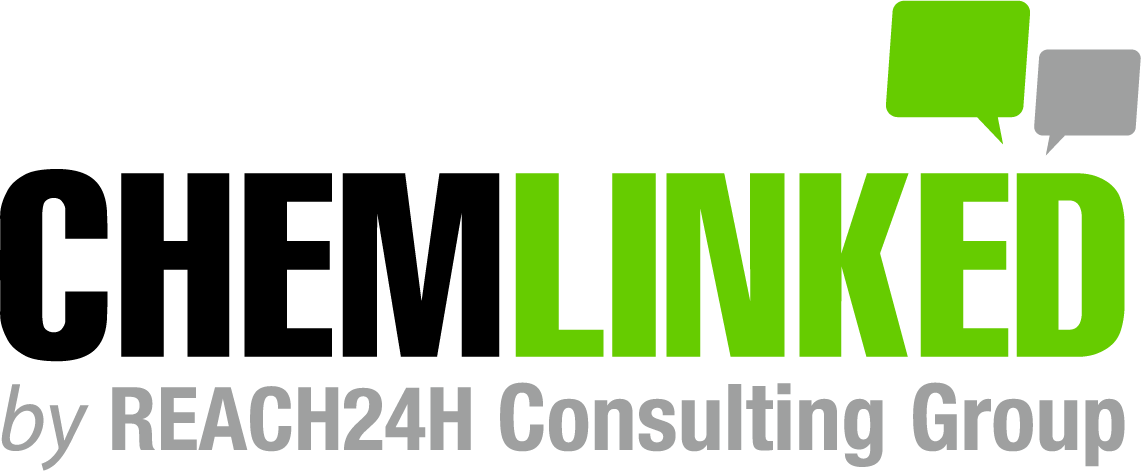Ingredient's Safety Information
Q1. What does the ingredient's safety-related information include?
 We provide full-scale global cosmetic market entry services (including cosmetic registering & filing, regulatory consultation, customized training, market research, branding strategy). Please contact us to discuss how we can help you by cosmetic@chemlinked.com
We provide full-scale global cosmetic market entry services (including cosmetic registering & filing, regulatory consultation, customized training, market research, branding strategy). Please contact us to discuss how we can help you by cosmetic@chemlinked.com
Copyright: unless otherwise stated all contents of this website are ©2024 - REACH24H Consulting Group - All Rights Reserved - For permission to use any content on this site, please contact cleditor@chemlinked.com
READ MORE
-
 FAQs Vol. 1 | China Cosmetic Registration and Notification under New Regulations
FAQs Vol. 1 | China Cosmetic Registration and Notification under New Regulations
-
 FAQs Vol. 4 | Further Interpretation on China Cosmetic Registration and Notification under New Regulations
FAQs Vol. 4 | Further Interpretation on China Cosmetic Registration and Notification under New Regulations
-
 FAQs Vol. 9 | China NIFDC Answers Questions about Cosmetic Documentation Requirements and New Cosmetic Ingredient Registration and Notification
FAQs Vol. 9 | China NIFDC Answers Questions about Cosmetic Documentation Requirements and New Cosmetic Ingredient Registration and Notification

MOST POPULAR
- 1 [Updated] EU Amends the Use Requirements for 13 Nanomaterials in Cosmetics
- 2 [Updated] EU Adopts 11 Changes to the Use Requirements for Cosmetic Ingredients
- 3 China May Provide Six-month Transition Period for Submission of Cosmetic Safety Assessment Report (Full Version)
- 4 [Updated] South Korea Bans THB in Cosmetics
- 5 Monthly Recap: Global Cosmetic Regulatory Updates | February 2024










